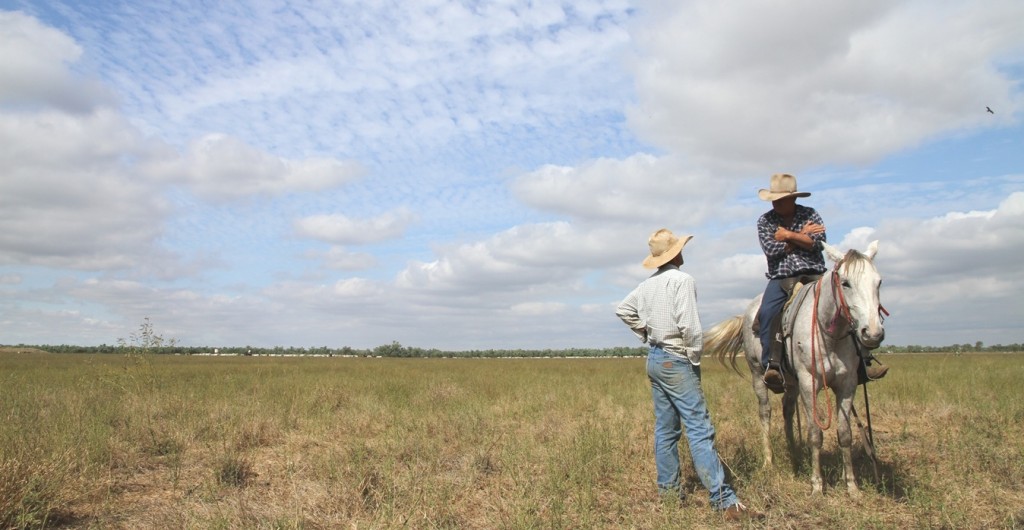Latest listings on Jobs Central recruitment page:
- Livestock Buyer, Kerwee – Stockyard
- Feedlot Manager, Kerwee – Stockyard
- Cell Manager/Assistant Manager – SLM Australia
- Customer Support Officer – Outcross Systems
- Quality Assurance Officer – Australian Meat Group
- GM Stakeholder Engagement FRDC – via Rimfire Resources
- Manager National Rural Issues, AgriFutures – via Rimfire
- Software Tech Support Consultant – eLYNX
- Livestock Administrator Support – AA Co
- Maintenance Fitter – Australian Country Choice
- Board Chairperson, AWEX – via Lucas Group
- General Manager – Shorthorn Beef
Click here to access these and other exciting meat and livestock supply chain jobs currently listed on Jobs Central.

WHETHER yours is a small cattle-producing business or a larger organisation somewhere along the red meat supply chain, you’ll need an employee induction program.
When a new employee commences, it’s important that they quickly understand their role and responsibilities – and a good induction program gets them off to a great start.
Not only do employees need an induction program, they need either you or an existing staff member to help them through the process. The investment in time will pay dividends as they settle into their new role.
There are quite a few items to cover in an induction program and creating a spreadsheet template or word document will assist in the process of successfully inducting each new recruit.
Just list the activities, tick the box as they have been completed, and add the date. It might be worth considering asking a new employee to sign when they have received company documents, including policies and procedures.
Firstly, you’ll need to cover all the practical aspects of the business, including introducing them to their colleagues, managers and supervisors.
You or a colleague will need to take them on a tour of the business, whether that be a beef processing plant, a feedlot or a cattle enterprise, pointing out important aspects of their workspace.
Next, supply their email address, direct phone number and computer access details.
Then, provide them with general information on your business, which may include:
- Policies and procedures
- Workplace health and safety matters
- Organisational charts
- Business profile
- Marketing materials (if applicable)
- Phone and email lists. Remember to include key outside service providers, like vets or stock transport operators, if necessary.
Record essential details such as:
- Superannuation account
- Bank account details for wages
- Tax file number
- Emergency contacts
- Probation period, if necessary
Ensure they take part in an occupational health and safety induction as soon as possible.
Now it is time to explain their duties, any immediate priorities and the training you have planned for them.
If they will be reporting directly to you, let them know the kind of boss you are – eg open door policy, suggestions and ideas etc. Ensure you schedule time to catch up over the coming week.
Remember, don’t expect your new staff member to be very productive in the first week, as induction will take up much of their time. It’s a learning phase.
Source: AgCareers.com
